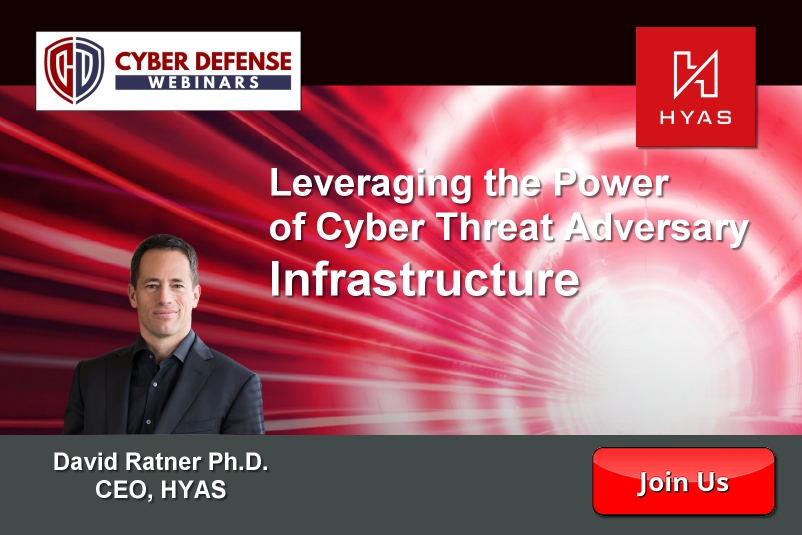In the world of cybersecurity, understanding the infrastructure used by cybercriminals is essential for organizations aiming to protect themselves from attacks. This infrastructure, known as cyber threat adversary infrastructure, consists of various digital assets such as servers, domains, IP addresses, and other elements that cybercriminals utilize to execute their nefarious activities. Despite the ever-evolving tactics employed by bad actors to obfuscate their approaches and conceal their attacks, identifying and focusing on adversary infrastructure can play a vital role in an organization’s security strategy.
Irrespective of the method employed to breach an enterprise’s defenses, every cyber attack requires communication with adversary infrastructure or command-and-control (C2) for instructions. Such communication is essential for activities like lateral movement within a network, privilege escalation, data exfiltration, and even encryption. By honing in on these infrastructural components, organizations can proactively bolster their defenses against those seeking to evade detection.
It is important to note that a successful breach does not necessarily guarantee effective damage or data theft. The knowledge of adversary infrastructure and the ability to detect and interrupt communication with it can be the decisive factor between success and failure for an organization. Recognizing this, HYAS has emerged as a leading authority on identifying and detecting cyber threat adversary infrastructure.
David Ratner, the CEO of HYAS, is at the forefront of this critical work. With a Ph.D. in Computer Science, Ratner has dedicated his career to various aspects of software and technology. From coding to scaling and growing venture-backed, private-equity owned, and public companies, Ratner possesses extensive expertise in the field. As the CEO of HYAS, he is responsible for both the long-term vision of the company and its day-to-day mission to provide groundbreaking solutions to clients worldwide.
Recently, Ratner sat down with Gary Miliefsky, the Publisher of Cyber Defense Magazine, to discuss the significance of leveraging cyber threat adversary infrastructure. In their conversation, Ratner emphasized the crucial role played by this invaluable resource in defending against cyber threats. He highlighted the fact that, by closely monitoring and understanding adversary infrastructure, organizations can build a robust security-in-layers strategy that diminishes the likelihood of successful attacks.
One of the key advantages of focusing on adversary infrastructure is that it is set up in advance of an attack. This pre-attack phase provides a window of opportunity for organizations to detect and act proactively against cybercriminals. By identifying and blocking communication with adversary infrastructure, organizations can prevent the execution of malicious activities, minimize damage, and protect sensitive data.
Ratner further explained that gaining a comprehensive understanding of adversary infrastructure requires the collection and analysis of vast amounts of data. This data-driven approach enables organizations to identify patterns, recognize previously unseen connections, and ultimately stay one step ahead of cybercriminals. Leveraging advanced technologies and intelligence-gathering techniques, HYAS helps its clients in uncovering the hidden infrastructure used by malicious actors.
In conclusion, cyber threat adversary infrastructure plays a crucial role in the contemporary landscape of cybersecurity. Organizations must recognize its significance and incorporate it into their security strategies. By focusing on and identifying adversary infrastructure, organizations can proactively defend against cyber threats, diminish the impact of attacks, and safeguard their valuable data. HYAS, under the leadership of CEO David Ratner, stands as a leading authority in the field, providing innovative solutions to organizations worldwide. With their expertise, organizations can effectively leverage the power of adversary infrastructure to enhance their cybersecurity defenses and stay one step ahead of cybercriminals.


